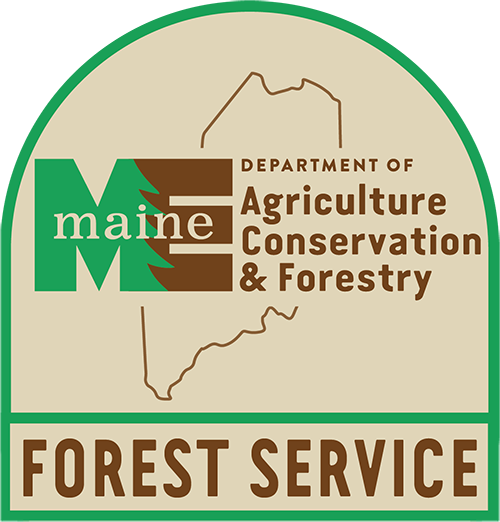Bureau/Division/Agency
Forest Services
Document Type
Text
Exact Creation Date
4-2024
Language
English
Recommended Citation
Department of Agriculture, Conservation and Forestry and Maine Forest Service, "2023 Spruce Budworm Annual Review & Outlook Report" (2024). Forest Service Documents. 300.
https://digitalmaine.com/for_docs/300
File Size
2.6 MB
Files over 3MB may be slow to open. For best results, right-click and select "Save As"
Rights Statement
No Copyright - United States. URI: http://rightsstatements.org/vocab/NoC-US/1.0/
The organization that has made the Item available believes that the Item is in the Public Domain under the laws of the United States, but a determination was not made as to its copyright status under the copyright laws of other countries. The Item may not be in the Public Domain under the laws of other countries. Please refer to the organization that has made the Item available for more information.



Description
Spruce Budworm (SBW) is a native insect whose outbreaks cover vast regions and spread through massive dispersal flights as moths migrate from heavily impacted areas to new ones. In northeastern North America, SBW outbreaks tend to return on a 30-60 year interval and the last major SBW outbreak to directly affect Maine occurred during the 1970s-80s. Historic data tell us that Maine is due for another SBW outbreak and monitoring efforts illustrate that over roughly the last decade, SBW population levels appear to have left the endemic or “stable” phase experienced between outbreak events. During this period, pheromone trap and light trap catches have sometimes been well above numbers expected during the endemic phase and millions of acres of defoliation in neighboring Canadian provinces continues to encroach on the Maine border. Large in-flights of moths from outbreak areas in Canada into northern Maine were well-documented in 2019. As we approach the five-year mark since this major influx of spruce budworm into Maine forests, monitoring data continue to show local fluctuations, indicating impacts from 2019 are likely still unfolding.